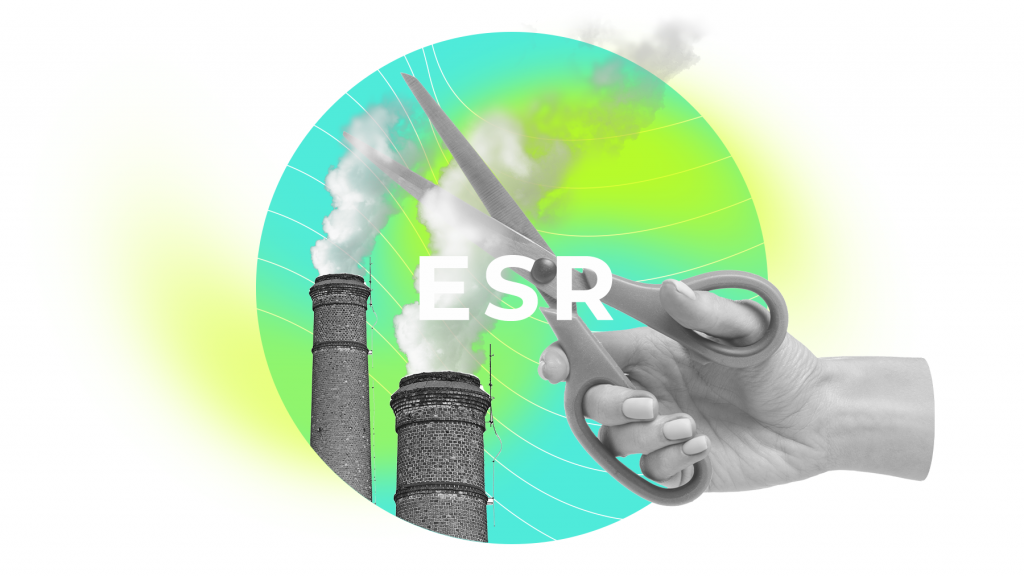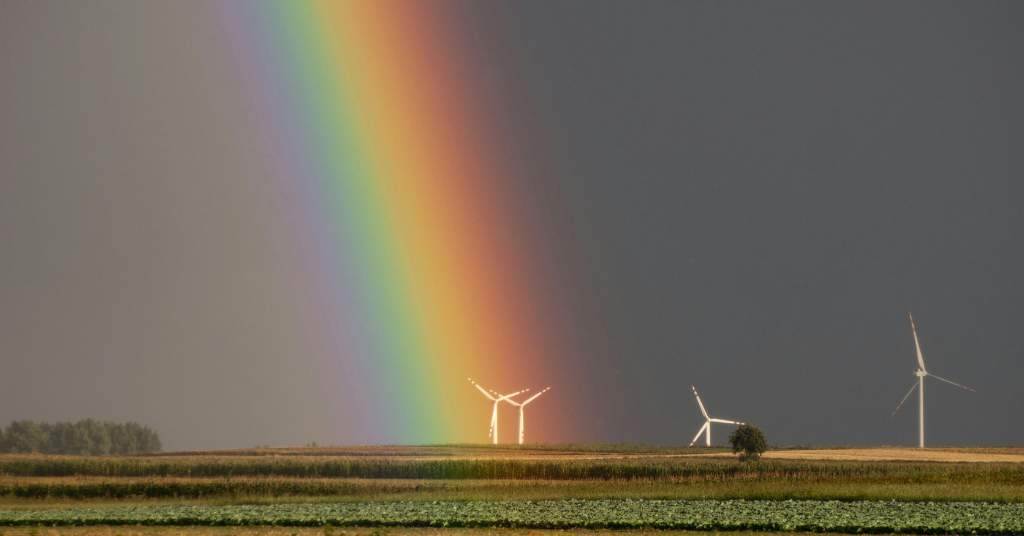As part of the Fit for 55 legislative package, the EU has introduced the Effort Sharing Regulation (ESR) to distribute the burden of emissions reduction among member states. The ESR sets binding national targets for reducing greenhouse gas emissions in sectors not covered by the EU Emissions Trading System (EU ETS). In this article, we delve into the details of the ESR and its potential impact on member states’ efforts to combat climate change.
What is the Fit for 55: Effort Sharing Regulation?
The Fit for 55 package is a comprehensive set of climate and energy laws proposed by the EU to achieve a 55% reduction in greenhouse gas emissions by 2030, compared to 1990 levels. The Effort Sharing Regulation is a central component of this package, designed to ensure equitable distribution of emission reduction efforts across various sectors, including transport, buildings, agriculture, waste management, and small-scale industrial processes.
National Targets and Benchmarks
The ESR sets individual emission reduction targets for each member state, taking into account their unique circumstances and starting points. These targets are based on GDP per capita, emissions intensity of the economy, and other relevant factors. The regulation aims to incentivize member states to invest in low-carbon technologies, energy efficiency, and sustainable practices.
Flexibility and Trading Mechanisms
To encourage cost-effective emission reductions, the ESR introduces flexibility measures and trading mechanisms. Member states exceeding their targets can sell excess emission allowances to countries struggling to meet their obligations. This creates economic incentives for ambitious emission reductions and facilitates collaboration among member states.
Effort Sharing in Different Sectors
The Effort Sharing Regulation assigns emission reduction targets to various sectors, reflecting their relative contribution to total emissions. Sectors with the highest potential for reduction, such as buildings and transport, have more demanding targets, while sectors like agriculture and waste management face comparatively lower targets. This approach ensures that efforts are concentrated where they can have the most significant impact.
Addressing Regional Disparities
The ESR acknowledges regional disparities and provides flexibility for member states to cooperate and pool their resources to achieve common targets. It supports joint projects, such as cross-border renewable energy initiatives or infrastructure development, that can contribute to emissions reductions at a regional level. This collaborative approach fosters solidarity and enhances the effectiveness of emission reduction efforts.
Monitoring and Compliance
The ESR emphasizes monitoring and reporting of emissions data to ensure transparency and track progress. Member states are required to submit annual reports on their emissions and progress towards meeting their targets. The European Commission will assess compliance and may take corrective measures if necessary to ensure the overall success of the regulation.
Conclusion
The Effort Sharing Regulation of the Fit for 55 package marks a significant milestone in the EU’s commitment to combat climate change. By establishing binding emission reduction targets for member states, the regulation promotes a fair and balanced distribution of efforts across various sectors. It encourages collaboration, flexibility, and trading mechanisms to facilitate cost-effective emissions reductions. Through the ESR, the EU aims to lead the way in achieving its ambitious sustainability goals while ensuring a just and equitable transition for all member states.




